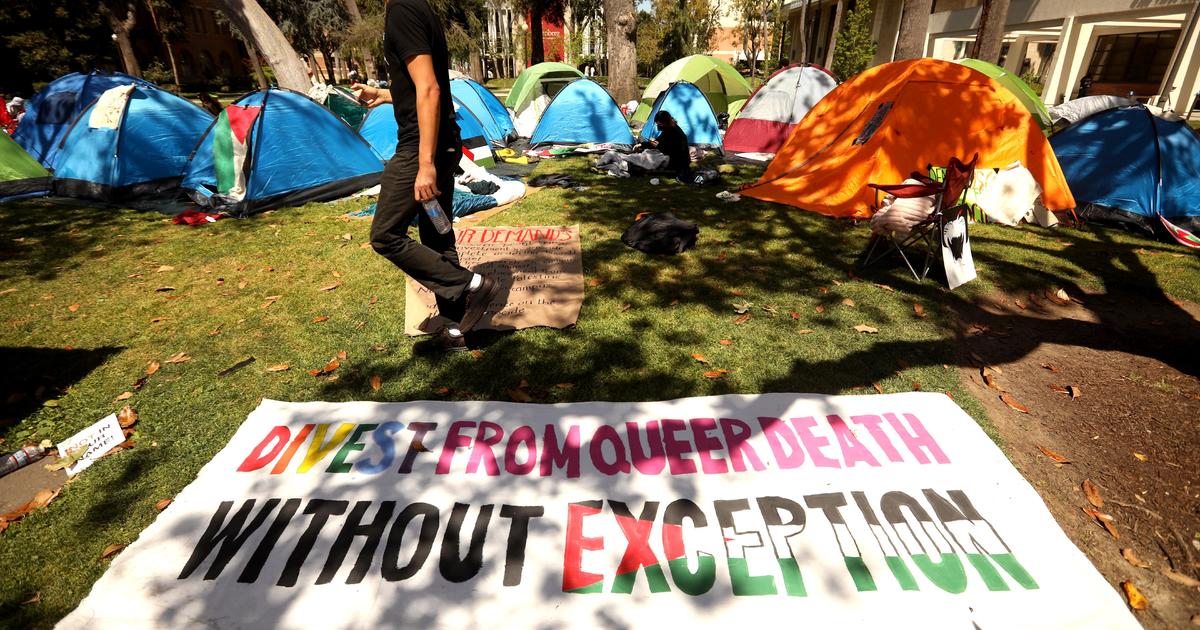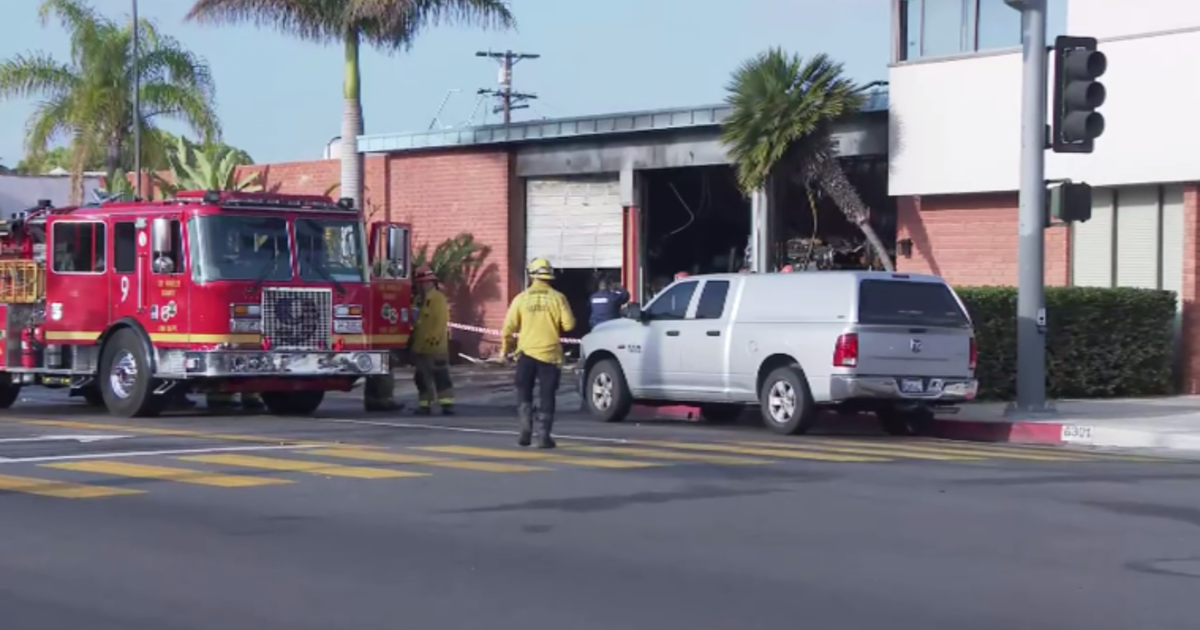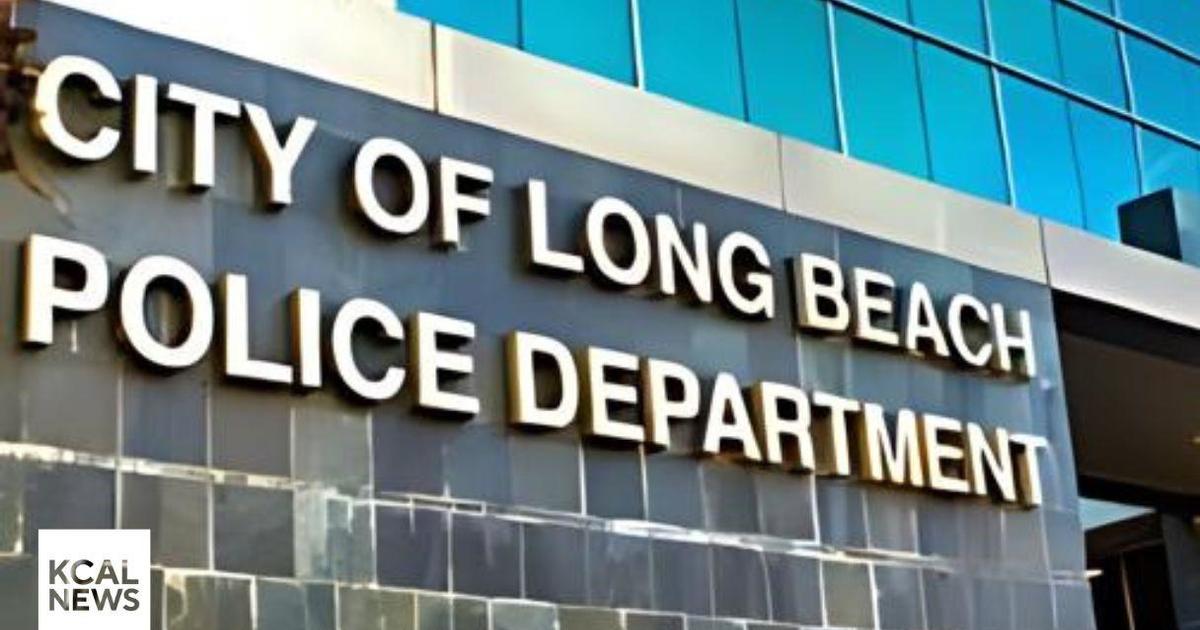Record-Breaking COVID Numbers Amid Massive Backlog In Southland Hospitals
LOS ANGELES (CBSLA) — The Los Angeles County Department of Public Health has reported yet another instance of record-breaking COVID-19 numbers on Friday, with 43,712 new cases. They also reported an additional 28 deaths and 2,902 hospitalizations.
This is the third record that the county has set in the last week, and the second-straight day of record-setting numbers reported. Since announcing a county record on the final day of 2021, Los Angeles County cases have continued to rise at a rapid pace, climbing from 27,091 on Dec. 31, to 37,215 on Thursday.
The winter season, holiday gatherings and highly-transmissible Omicron variant are all factors pointing to this sudden surge in the Coronavirus pandemic, but some healthcare experts indicate we haven't quite reached the peak. Students all over the Southland are preparing to return to school on Monday, something they indicate may push healthcare facilities past their tipping point. The Los Angeles Unified School District recently indicated that of the tests they have received from students ahead of Monday's return, their positivity rate has more than tripled -- from 4% to 13.5%.
The statement released by L.A. County Department of Public Health also disclosed that healthcare workers are also being heavily impacted by the surge in more ways than one, "As of January 6th, skilled nursing facilities and hospitals reported the highest share staff cases among health care setting sites. Among occupations, nursing staff accounted for 27% of new cases. Public Health is also reporting that among all healthcare workers, over one-third (39%) reported being exposed to a known case within their facility, either a patient and/or co-worker."
Already, testing centers have already found themselves overwhelmed with the high demand for COVID-19 tests in recent weeks, while many hospitals are reporting a massive backlog, including one Kaiser Permanente facility that has gone on diversion, turning away ambulance patients due to an already immense amount of COVID-19 and flu patients.
Hospital workers disclosed that the main reason for these backlogs is the amount of people walking into emergency rooms and urgent cares for services that aren't considered life-threatening.
The ReddiNet service, which monitors wait times at hospitals amongst other things, indicated that over 50 facilities were on diversion on Friday afternoon. The service also showed wait times extending over several hours at many different urgent cares.
The Los Angeles County Department of Health Services issued a statement on the recent rash of diversions:
"Going on ambulance diversion is one of many tactics that all hospitals use to manage the flow of patients into emergency departments. Going on diversion does not result in a total absence of ambulance traffic — it merely alerts ambulances and surrounding hospitals that a specific hospital is heavily impacted in its ER, and ambulance traffic should be routed to neighboring ERs until the ED has a chance to catch up. Some ambulance traffic continues to come to EDs that place themselves on diversion. Typically, ERs reassess their status on an hourly basis, and come off diversion when they have caught up with demand.
Most importantly, goin on standard ambulance diversion does not change the flow of trauma patients to trauma centers. Thus, even when LAC+USC Medical Center and Harbor-UCLA Medical Center (the two trauma and heart attack (STEM) centers in DHS), are on standard ambulance diversion, trauma and heart attack patients continue to come to us by ambulance. Our purpose as doctors, nurses and healthcare providers is to assure that everyone receives the best care. No trauma or heart attack patients have been diverted during the pandemic from LAC+USC Medical Center.
And again, it's important to understand that diversion is not an absolute decision, it's just a notice that a hospital may be very full and the ambulance should prioritize taking patients to other locations. The diversion is a temporary status based on current activity in the Emergency Department. Consequently, the emergency department director can immediately remove diversion status and receive a full complement of ambulances when the director has decided that the appropriate number of waiting patients has declined."
While some healthcare centers are still taking walk-ins and ambulance drop-offs, despite being over saturated with patients, those new patients are forced to wait for extended periods of time, as Natalie Jimenez, an EMT for Amwest Ambulance Services told CBS reporters. She also noted that patients aren't the only ones being forced to wait, as ambulance drivers sit in the same position waiting for, "At least two hours, two and-a-half hours, when normally we would wait 30 minutes max. ... It kind of makes me feel helpless."
This if referred to as "holding the wall," a term used in the healthcare industry when centers are so crammed with patients, ambulances - with patients inside - are required to wait for an open bed. This only applies to patients who's needs aren't of the emergency status.
Brian Napoli, also with Amwest Ambulance Services detailed some instances that are unfortunately being pushed back amidst this surge in people seeking medical care, "You have a grandma or grandpa that's at the local nursing home and maybe there's an abnormal lab they need to go to the ER to get treated for, or maybe their G Tube is clogged and they're not able to get the feeding treatment that they need."
Healthcare workers are urging potential patients to reconsider whether they truly need emergency care, especially if their symptoms are mild. With the COVID-19 surge currently taking hold of Los Angeles County, causing a keen sense of worry among many, they are being advised to seek help elsewhere. "We want to get you that answer, but there's better resources for you to do that so those more critical can be seen and get the treatment that they need," Napoli said in regards to people seeking COVID-19 test results.
Dr. Sherrill Brown, the Medical Director of Infectious Prevention for AltaMed Medical Group, detailed the type of people that should be seeking emergency care when it comes to symptoms of COVID or the flu presenting themselves, "People that are having shortness of breath or chest pain, worsening symptoms, those are the individuals that should be coming to urgent care. ... If you have mild symptoms, just presume that you may have COVID and isolate at home for the appropriate amount of time."
She wanted to note that while Coronavirus is a pressing medical concern, testing is not reserved for emergency facilities, but rather testing centers which were created for that intended purpose. "So many of our clinics are being inundated with people coming in and the biggest request is wanting to get tested. ... Testing is not done at the hospitals. Testing is done at the COVID testing sites - please keep those ERs open for those who truly need it."



